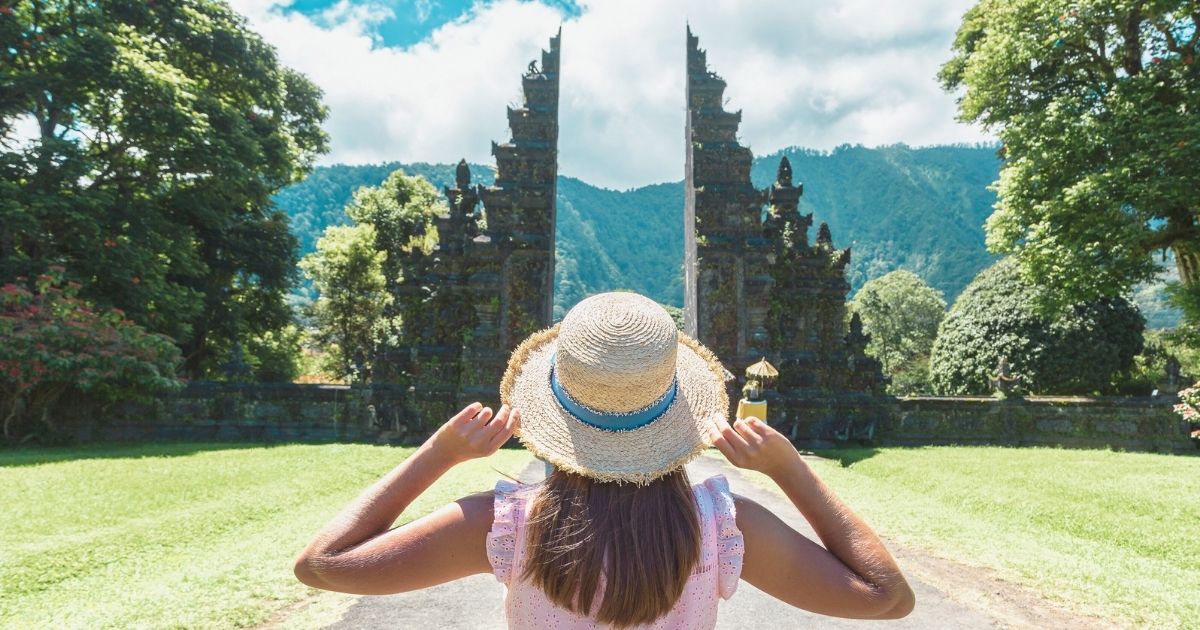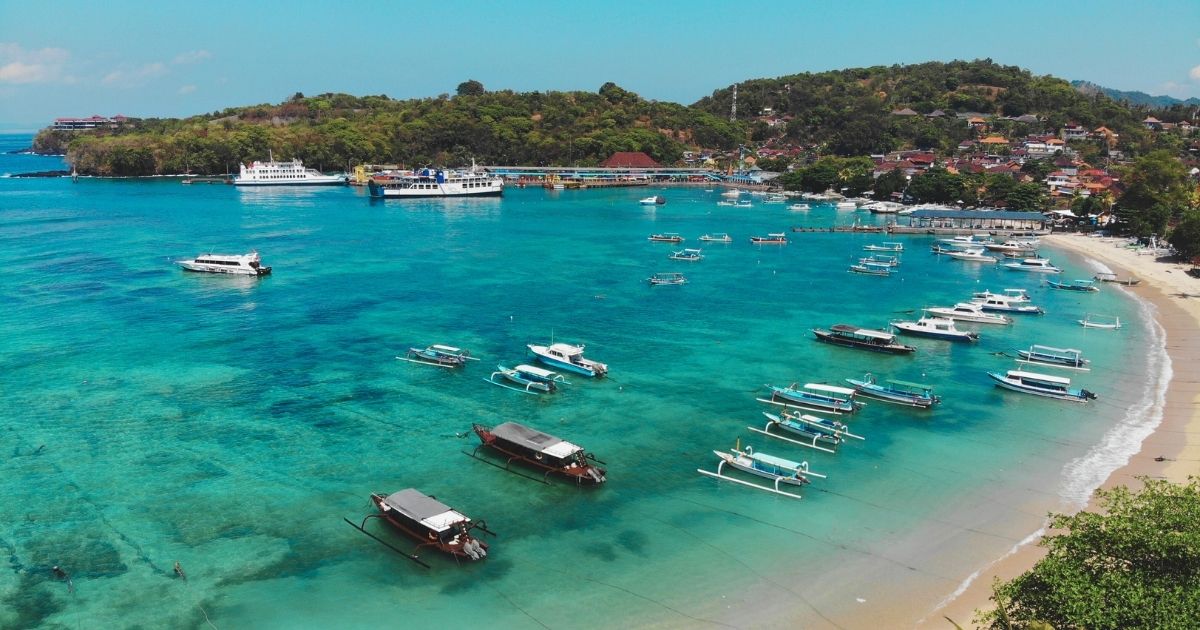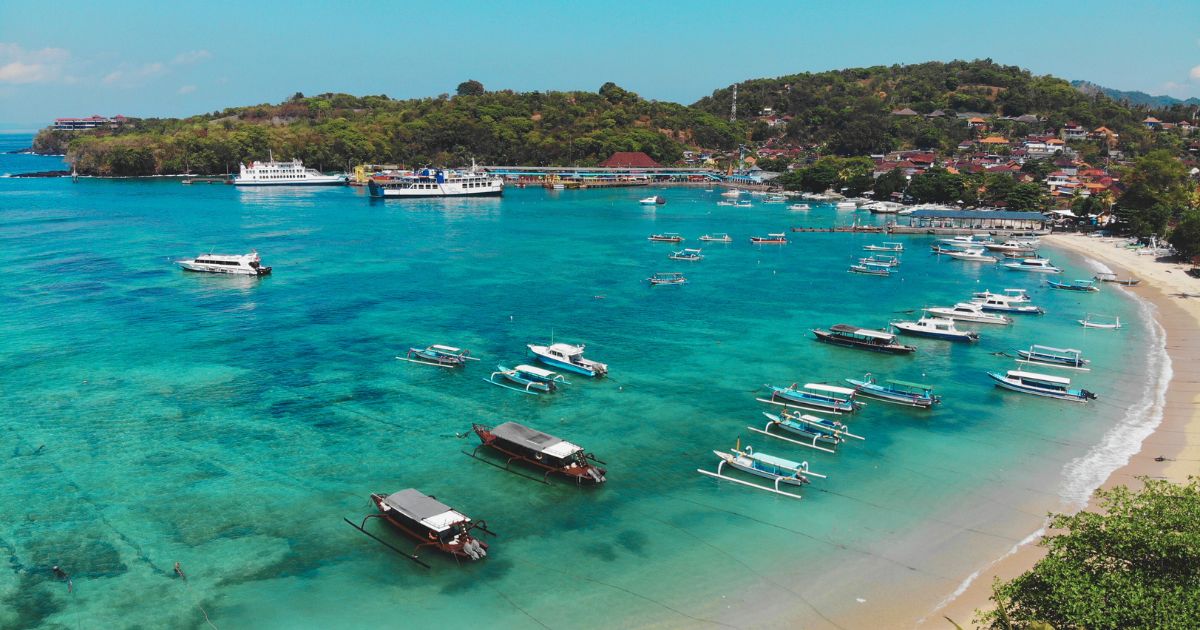Indonesia’s crown jewel beckons travelers year-round with its tropical allure, but timing your visit can dramatically enhance your experience. From pristine beaches and ancient temples to vibrant rice terraces and bustling markets, Bali offers different charms throughout the year, each season bringing unique advantages and considerations.
Understanding Bali’s seasonal patterns, weather variations, and tourist cycles helps you make informed decisions about when to visit this enchanting island. Whether you’re seeking perfect surf conditions, cultural festivals, budget-friendly travel, or optimal weather for outdoor adventures, each period offers distinct benefits that cater to different travel styles and preferences.
This comprehensive guide explores every aspect of Bali’s seasonal calendar, empowering you to choose your ideal travel window based on weather patterns, crowd levels, pricing, and activities that align with your perfect Indonesian adventure. Let’s dive into the best time to travel to Bali!
Understanding Bali’s tropical climate

Bali sits 8 degrees south of the equator, blessing the island with a tropical climate characterized by warm temperatures, high humidity, and distinct wet and dry seasons that shape the travel experience throughout the year.
The island enjoys consistent temperatures ranging from 24°C to 32°C (75°F to 90°F) year-round, with minimal variation between seasons. However, rainfall patterns, humidity levels, and wind conditions change significantly, creating distinct periods that offer different advantages for travelers.
💡 Did you know? Bali’s position near the equator means daylight hours remain consistent throughout the year, with sunrise around 6:00 AM and sunset around 6:00 PM regardless of season, providing predictable scheduling for outdoor activities and cultural experiences.
Dry season: April to October
The dry season represents the best time to travel to Bali for most visitors seeking reliable sunshine and minimal rainfall. This period features clear skies, comfortable humidity levels, and consistent trade winds that provide natural cooling.
During these months, rainfall averages less than 100mm per month, with July and August being the driest. The southeast trade winds create ideal conditions for outdoor activities, beach days, and cultural exploration without weather-related disruptions.
Temperature variations remain minimal, but humidity levels drop significantly compared to the wet season, making outdoor activities more comfortable for extended periods.
Wet season: November to March
The wet season brings increased rainfall and humidity but offers unique advantages including lush landscapes, fewer crowds, and significantly lower prices. It’s the best time to travel to Bali for nature enthusiasts. Rainfall typically occurs in intense afternoon or evening downpours rather than continuous precipitation.
The increased moisture creates spectacularly green landscapes and powerful waterfalls that are less impressive during drier months. Many travelers discover this period provides authentic cultural experiences away from peak tourist crowds.
🌟 Pro tip: stay connected during unpredictable weather changes with dependable mobile internet access, ensuring you can check weather updates, communicate with accommodations, and access emergency information regardless of seasonal conditions.
Peak season: June to August
The peak season represents the most popular time for international visitors, coinciding with Northern Hemisphere summer holidays and Bali’s driest, most predictable weather conditions.
Weather and conditions
June through August offers the most reliable weather patterns, with minimal rainfall, comfortable humidity levels, and consistent sunshine. These months provide ideal conditions for all outdoor activities, from beach relaxation to mountain trekking.
Ocean conditions remain excellent for swimming and water sports, with calmer seas and excellent visibility for diving and snorkeling. The consistent trade winds provide natural cooling and create perfect conditions for surfing at various breaks around the island.
Crowds and pricing
Peak season brings the highest tourist numbers, resulting in crowded attractions, busy beaches, and premium pricing across accommodations, flights, and activities. Popular destinations like Ubud, Seminyak, and Nusa Dua experience significant congestion.
Accommodation prices can increase by 50-100% compared to the low season, while flight costs reach their annual peaks. Despite higher costs, this period offers the most reliable weather for outdoor activities and cultural experiences.
Shoulder season: April-May and September-October

The shoulder seasons offer an excellent compromise between weather reliability and manageable crowd levels, often representing the best time to travel to Bali for budget-conscious travelers seeking good conditions.
April-May transition
The transition from wet to dry season in April and May provides increasingly reliable weather while avoiding peak season crowds and pricing. Rainfall decreases significantly, though occasional afternoon showers may still occur.
This period offers excellent value with accommodation prices 20-30% lower than peak season, while weather conditions steadily improve. Many consider late April through May as optimal timing for experiencing good weather without extreme crowds.
September-October opportunities
September and October extend the reliable dry season while offering reduced crowds as Northern Hemisphere travelers return to work and school. The weather remains excellent with minimal rainfall and comfortable conditions.
This period provides some of the year’s best value propositions, with significantly lower accommodation and flight costs while maintaining excellent weather conditions. The combination of reliable weather, reasonable prices, and manageable crowds makes this period particularly attractive for longer stays.
Low season advantages: November-March
The wet season offers unique advantages for adventurous travelers willing to work around increased rainfall in exchange for dramatic cost savings and authentic cultural experiences.
Weather expectations
November through March brings increased humidity and regular rainfall, but precipitation typically occurs in predictable afternoon or evening patterns, leaving mornings available for activities and sightseeing. Total rainfall averages 200-300mm per month, often concentrated in short, intense bursts.
The increased moisture creates incredibly lush landscapes, with rice terraces at their most photogenic and waterfalls at peak flow. This period showcases Bali’s natural beauty in its most vibrant state.
Cost and crowd benefits
Dramatic cost savings represent the most obvious advantage, with accommodation prices dropping 40-60% compared to peak season. Flight costs also decrease significantly, making this period ideal for budget-conscious travelers.
Fewer tourists create more authentic cultural experiences, with easier access to popular attractions and genuine interactions with locals. The best time to travel to Bali for cultural immersion often falls during this period, as reduced tourist numbers allow for deeper connections with local communities.
Special events and cultural festivals
Bali’s rich cultural calendar features numerous festivals and celebrations that can significantly enhance your travel experience when timed correctly.
Nyepi (Silent Day)
Nyepi, the Balinese New Year, typically falls in March and represents one of the island’s most unique cultural experiences. The entire island observes complete silence for 24 hours, with no flights, traffic, or business operations.
The day before Nyepi features colorful Ogoh-Ogoh parades with giant demon effigies, providing spectacular cultural experiences. Planning around Nyepi requires advance preparation as transportation completely stops, but the cultural significance makes it worthwhile for travelers interested in authentic Balinese traditions.
Galungan and Kuningan
These important Hindu festivals occur every 210 days according to the Balinese calendar, bringing vibrant decorations, traditional ceremonies, and increased cultural activities throughout the island. Temples feature elaborate decorations and special ceremonies, providing excellent opportunities for cultural observation and photography.
Activity-specific timing considerations

Different activities and interests benefit from specific seasonal timing, helping you optimize your visit based on your primary travel goals and preferred experiences.
Surfing and water sports
Surfing conditions vary significantly by season and location, with different breaks performing optimally during specific periods. The dry season generally provides more consistent conditions across most surf spots, with west coast breaks like Canggu and Seminyak performing best when offshore winds are most consistent. If you’re there to catch a wave, it’s the best time to travel to Bali!
Diving and snorkeling reach peak conditions during dry season months when calmer seas and reduced rainfall create optimal visibility. Water temperatures remain consistent year-round, but the period from April to October offers the best combination of visibility and calm seas.
Trekking and outdoor adventures
Mountain trekking and outdoor adventures perform best during dry season months when trails remain accessible and weather conditions stay predictable. Popular volcano climbs like Mount Batur benefit from clear sunrise views and manageable hiking conditions.
The best time to travel to Bali for outdoor enthusiasts typically falls between May and September when rainfall is minimal and humidity levels remain manageable for extended physical activities.
Budget optimization and value timing

Understanding seasonal pricing patterns helps maximize your travel budget while ensuring adequate service quality and availability during your chosen travel period.
Accommodation and flight pricing
Hotel and villa prices fluctuate dramatically based on seasonal demand, with peak season rates often doubling compared to low season pricing. Shoulder seasons offer excellent value propositions with moderate pricing and good availability.
International flight prices vary significantly based on departure location and seasonal demand patterns. Northern Hemisphere summer holidays create peak pricing from Europe and North America, while the best time to travel to Bali for budget-conscious travelers often involves flexible dates during shoulder or low seasons.
Activity and service costs
Restaurant prices, tour costs, and activity fees also fluctuate seasonally, though less dramatically than accommodation. Many operators offer special promotions during low season to attract visitors, providing additional value for flexible travelers.
Final thoughts
Determining the best time to travel to Bali depends on balancing weather preferences, budget constraints, crowd tolerance, and specific activity interests. While the dry season offers the most predictable conditions, each period provides unique advantages for different types of travelers.
Success lies in understanding your priorities and choosing timing that aligns with your travel goals, whether seeking perfect weather, cultural authenticity, budget optimization, or specific activities. Bali’s year-round appeal ensures rewarding experiences regardless of when you visit.
For comprehensive guidance on living and working in Indonesia during your extended stay, explore our detailed Indonesia digital nomad visa guide to understand legal requirements and long-term opportunities.
Let Nomada help you plan the perfect timing for your Indonesian adventure!
Frequently asked questions about the best time to travel to Bali
The best time to travel to Bali for optimal weather is during the dry season from April to October, with May through September offering the most reliable sunshine, minimal rainfall, and comfortable humidity levels. This period provides ideal conditions for all outdoor activities and beach relaxation.
Bali is least crowded and most affordable during the wet season from November to March, particularly December through February. During this period, accommodation prices drop 40-60% and tourist numbers decrease significantly, though you should expect occasional rainfall and higher humidity levels.
Yes, visiting Bali during the rainy season can be worthwhile for budget-conscious travelers and those seeking authentic cultural experiences. Rain typically occurs in afternoon or evening bursts, leaving mornings free for activities, while dramatic cost savings and fewer crowds create unique advantages.
There are no months to completely avoid in Bali, but December and January experience the heaviest rainfall and highest humidity. However, these months also offer the lowest prices and smallest crowds, making them suitable for flexible travelers comfortable with occasional weather disruptions.
The best time for surfing in Bali varies by location, but generally, the dry season from April to October provides the most consistent conditions. West coast breaks perform best during this period with offshore winds, while some east coast spots may offer better waves during wet season months.
Yes, Nyepi (Balinese New Year) in March offers a unique cultural experience with island-wide silence and colorful pre-celebration parades. Galungan and Kuningan festivals occur every 210 days and showcase traditional ceremonies and decorations throughout the island, providing authentic cultural immersion opportunities.



